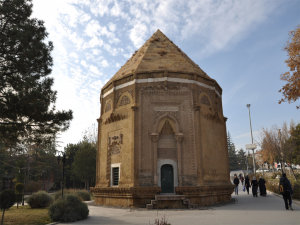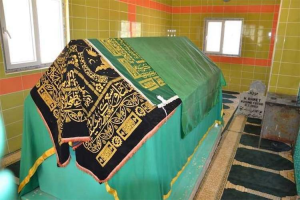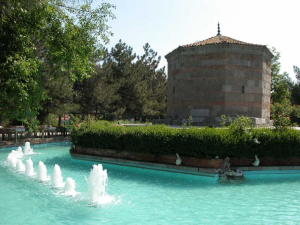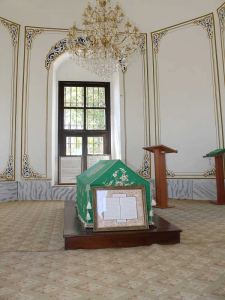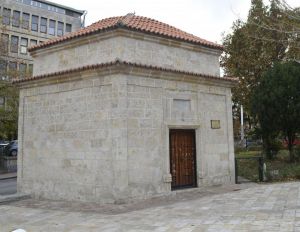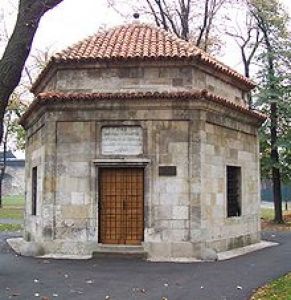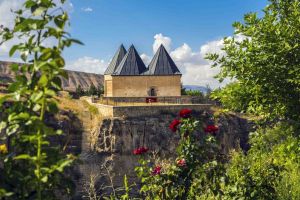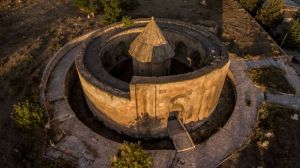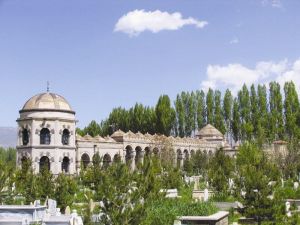to the tomb
The city of Turbe, What is a mausoleum? The word "mausoleum" usually refers to a special place where religious or historical figures are buried and commemorated. A shrine, especially in Islamic culture, refers to a structure or area where the graves of important religious leaders or historical figures are located. These places were built to preserve the spiritual legacy of the deceased and to commemorate them. In the Islamic world, the graves of prophets and early believers of Islam, known as sahaba, are subject to special veneration and are marked with shrines.
General characteristics of the tower
General features of the turbine i, such structures may vary in different cultures, but generally have some common features. Tombs are architecturally carefully designed structures and usually have a domed roof. They stand out for their interior and exterior decorations, ornaments and inscriptions. As well as being used for worship and prayer, tombs are places to visit for those seeking spiritual guidance. Especially in the Islamic world, the graves of prophets, companions, and religious leaders are marked with shrines, and these places have religious and cultural significance. Tombs offer visitors the opportunity to understand and share the spiritual legacy of the deceased and are therefore respected and revered in many cultures.
of Turbenin Architectural features
The architectural features of the tower, Different cultures and periods may have different architectural features, but in general they have some common features. The most distinctive feature of tombs is that they are usually covered with a dome. This dome rises in the center of the tomb or over the tomb and usually has a round or polygonal shape. The dome is an important focal point of the shrine and is considered a spiritual symbol. Structural elements such as walls, doors, windows, and domes are often decorated with artistic carvings, mosaics, pottery, line art, or frescoes. These decorations usually reflect religious or historical themes. The entrances to the tombs are usually monumental and remarkable. There are examples enriched with large doors, crowns or convex decorations. Entries often contain inscriptions or verses. The main room of the tombs is usually where the tomb is located. The graves are protected inside a glass or special structure and covered. There are areas around the tomb that are usually used for prayers and visits.
